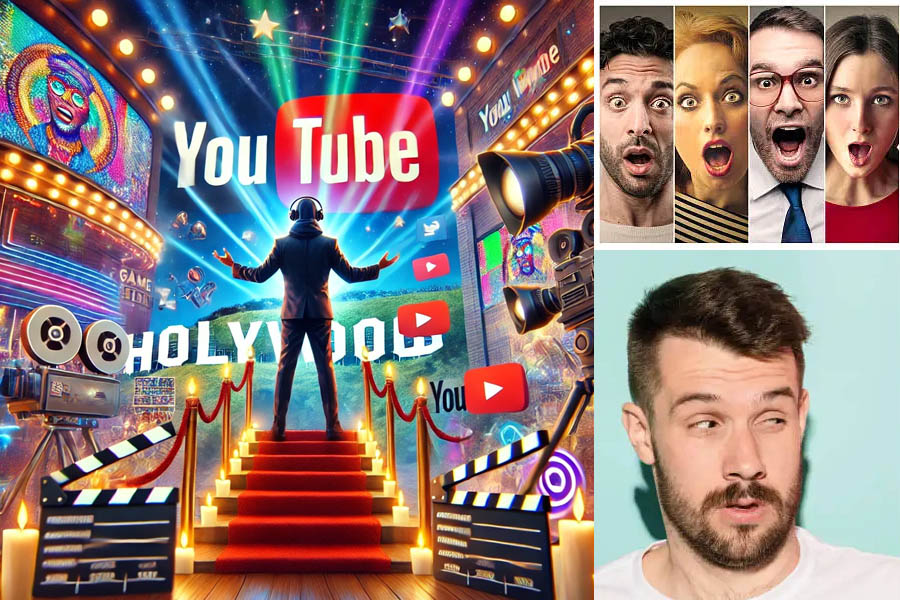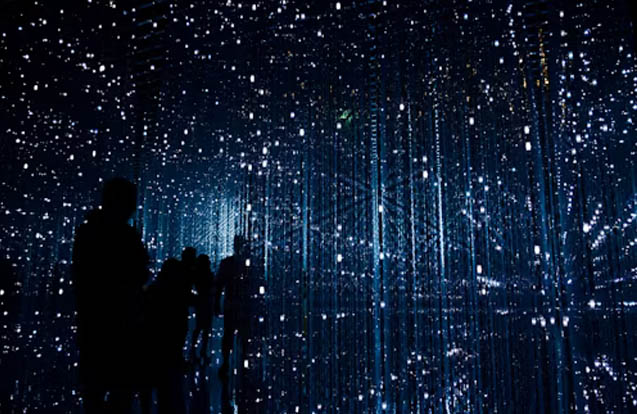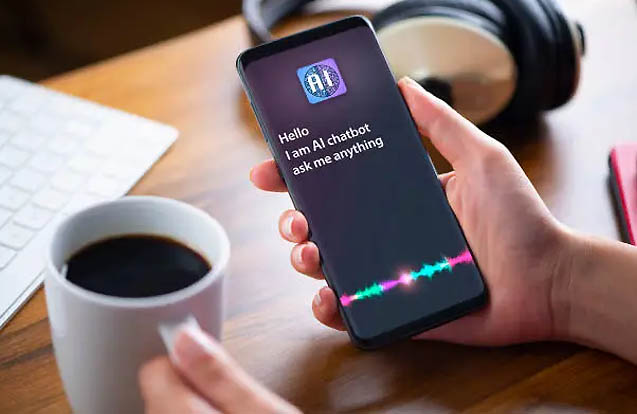
Five Million Dollars! That was the staggering prize offered to contestants in “Beast Games,” a groundbreaking new game show designed by Jimmy Donaldson, better known as MrBeast, for Amazon’s Prime Video. But the dream turned into a nightmare for some participants, who faced not just intense competition but also physical injuries, emotional distress, and even sexual harassment, according to a complaint filed in Los Angeles on September 16th. While Amazon and MrBeast have stayed silent on the lawsuit, some Hollywood insiders are secretly celebrating, convinced that the world of social media influencers remains miles away from Hollywood’s gilded gates.
But Should Hollywood Be So Sure? On the surface, it seems like the kings and queens of YouTube and TikTok are struggling to bridge the gap to mainstream media. MrBeast, despite commanding a colossal audience of 316 million followers, is not alone in facing setbacks. Ryan Kaji, the 12-year-old sensation who made unboxing toys a cultural phenomenon, recently released a feature film that flopped spectacularly. Meanwhile, Disney’s attempt to cash in on TikTok royalty with a reality show about the D’Amelios was abruptly canceled in June.
Yet, these mishaps might just be teething problems. Social media stars are not just knocking on Hollywood’s door—they’re smashing through it. Americans now spend more time watching YouTube on their televisions than any other content source, according to Nielsen. Worldwide, the platform boasts a jaw-dropping 2.5 billion monthly viewers. When YouTube’s CEO Neal Mohan declared that “creators are the new Hollywood,” Tinseltown’s moguls may have laughed, but advertisers are paying attention, redirecting TV budgets toward YouTube’s ever-expanding universe.
The Line is Blurring: Social Media Stars Are Becoming Big Business
The notion of YouTubers as bedroom vloggers is becoming as outdated as dial-up internet. Take the Sidemen, a British collective of seven YouTubers whose channel has amassed over 100 million subscribers. Their weekly content, often exceeding an hour, rivals TV production values with six-figure budgets. Their operations include a 40-strong team, from set designers to social media strategists, based in a state-of-the-art studio in London. They’re not just entertainers; they’re entrepreneurs, diversifying into businesses like a restaurant chain and even a vodka brand.
It’s not just the Sidemen. In the UK alone, more than 15,000 YouTubers now employ staff to help manage their channels. The ecosystem around these creators is growing exponentially. Technological advances, like cheaper 4K cameras and AI-driven tools such as YouTube’s Aloud, which enables creators to dub content into multiple languages, are making high-quality production accessible to even more creators.
And the payoff? YouTube’s business model rewards success directly: creators who reach a certain popularity threshold receive 55% of the advertising revenue generated by their content. With the platform paying out an average of $23 billion annually to creators and media companies, it’s no wonder that more and more YouTubers are building professional-grade setups to tap into this lucrative revenue stream.
Audiences Are Hungry for What Social Media Offers
Television’s stranglehold on the public’s attention is loosening as people increasingly turn to YouTube for the kind of entertainment they once found on TV. A study by Enders Analysis found that 60% of the views on YouTube’s UK Trending page were for content types traditionally associated with TV, such as drama and sports. The videos are getting longer too—nearly a third of the content now stretches between 20 and 60 minutes, up from just 10% in 2020. In essence, YouTube is not just a collection of cat videos and DIY hacks; it’s morphing into a full-fledged competitor to broadcast networks.
The convergence is happening not just in content but in the very spaces where people watch. Nearly half of YouTube’s viewing in the US now happens on TV screens, according to a recent report by The Information. This isn’t just a shift in where people watch; it’s a fundamental change in how they interact with content. Social platforms like YouTube are infiltrating living rooms and dominating the space once ruled by the likes of CBS and NBC.
The Business Models Are Merging—And Changing the Rules of the Game
As the line between TV and social media blurs, so do their business models. YouTube’s bread and butter has always been advertising, raking in $32 billion last year. But it’s also pushing ad-free subscriptions, with over 100 million people (including trial users) opting to pay for an uninterrupted experience. This places YouTube ahead of many traditional Hollywood streamers in subscriber numbers.
Conversely, streamers like Netflix and Disney+ are stepping into YouTube’s domain by introducing ad-supported tiers. Although advertising makes up a small fraction of their revenue right now, Netflix’s new ad tier has drawn almost half of its new subscribers, and Amazon has imposed ads on all 160 million Prime Video households, unless they pay extra to avoid them. It’s a sign that the race for ad dollars is intensifying as TV ads, which constituted a third of all US ad spending in 2019, will dwindle to just a fifth this year, according to MoffettNathanson.
The Road Ahead: Opportunities and Growing Pains
Despite their rapid ascent, social media stars face a tough road ahead. The professionalization of YouTube has come with ballooning costs—last year, the platform shelled out $23 billion to creators, a significant increase from just a few years ago. As more YouTubers join the ranks of the top earners, YouTube’s costs rise too, since its revenue-sharing model is tied directly to ad revenue.
Yet, this is a double-edged sword for Hollywood. As YouTube channels inch closer to studio-quality content, they are shouldering blockbuster-like expenses. The number of channels in Britain earning over $10,000 a year has surged by 30% in just 12 months, a testament to both the platform’s potential and the financial commitment required to succeed.
Conclusion: The Revolution is Here
Hollywood can no longer dismiss YouTubers and social media stars as flash-in-the-pan amateurs. The new generation of creators is reshaping the entertainment landscape, forcing traditional studios to rethink their strategies. While legal troubles and missteps will inevitably happen, they won’t be enough to halt this wave of change.
The competition between social media platforms and Hollywood is not a zero-sum game but a dynamic battlefield where the lines between creator and corporation, amateur and professional, are becoming increasingly blurred. Whether you’re tuning in to a MrBeast challenge or the latest Netflix drama, one thing is clear: the future of entertainment is up for grabs, and it’s more thrilling—and more competitive—than ever before.
So, buckle up, Hollywood. The creators are coming, and they’re bringing their A-game.
#️⃣ #YouTubers 🎥 #MrBeast 💰 #Hollywood 🎬 #SocialMediaStars 🌟 #EntertainmentIndustry 🌐 #YouTubeTakeover 🔥 #DigitalCreators 💡 #StreamingWars 📺 #InfluencerMarketing 📈 #ContentCreators ✨ #FutureOfEntertainment 🚀 #YouTubeVsTV 🤝 #CreatorsVsHollywood ⚔️ #MrBeastChallenge 🎮 #MediaRevolution 🔄
Thank you for reading: globalpostheadline.com





